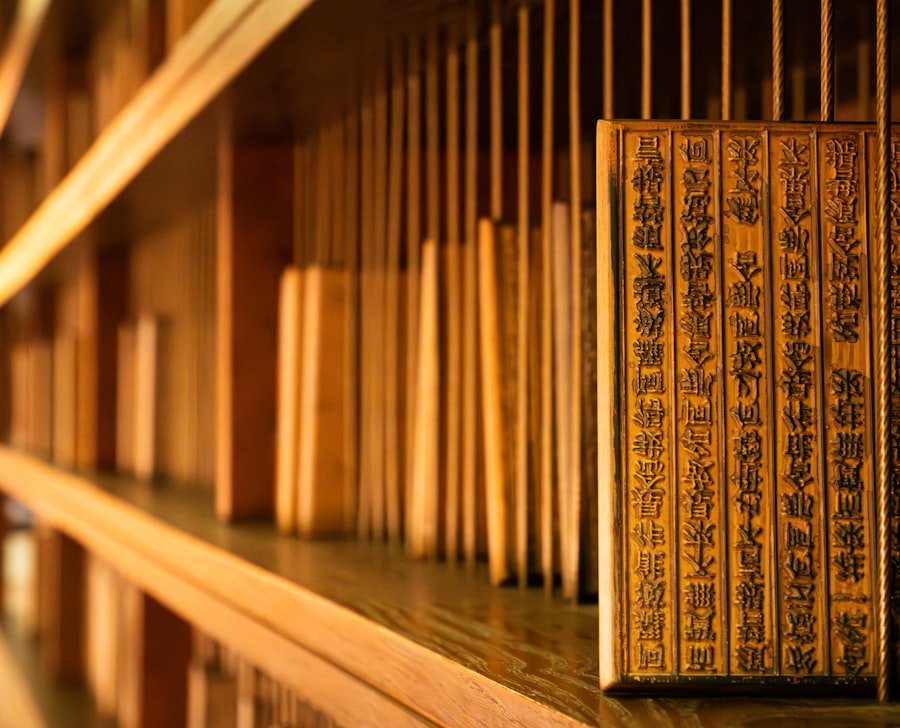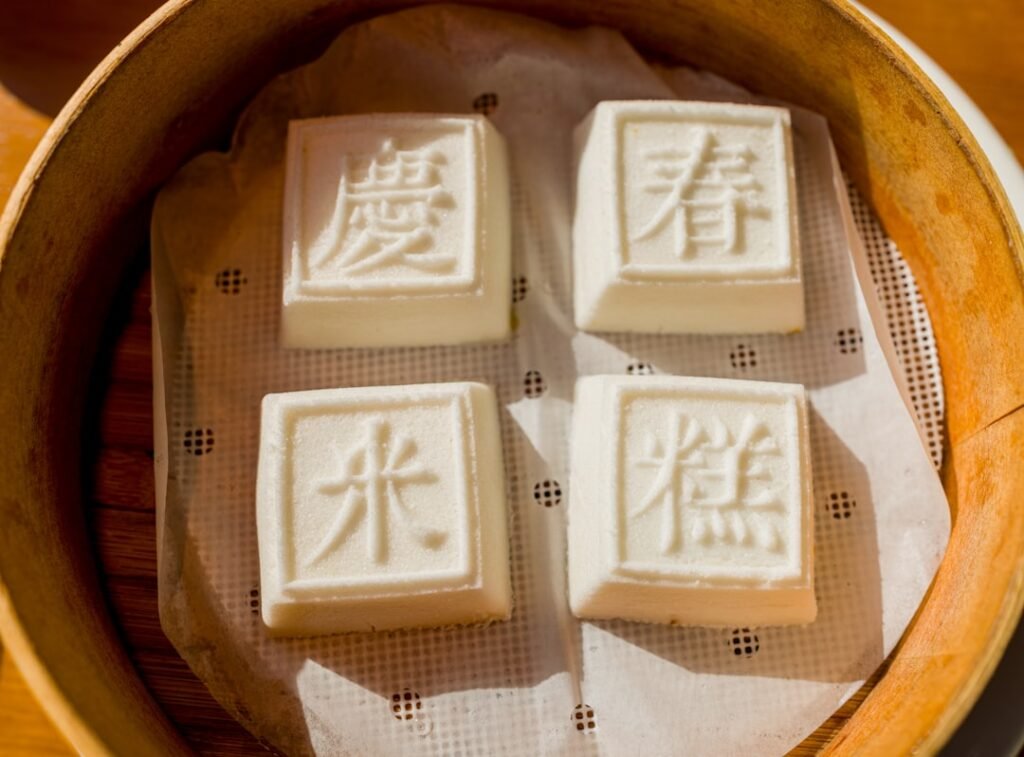Chinese martial arts, often referred to as Kung Fu, encompass a rich tapestry of fighting styles, philosophies, and traditions that have evolved over thousands of years. Originating from ancient China, these martial arts are not merely physical disciplines; they embody a way of life, a philosophy that integrates the mind, body, and spirit. The various forms of Chinese martial arts, such as Tai Chi, Wing Chun, and Shaolin Kung Fu, each offer unique techniques and approaches to combat, self-defence, and personal development.
As practitioners delve into these arts, they discover not only the physical benefits of training but also the profound cultural heritage that accompanies them. In recent years, the popularity of Chinese martial arts has surged globally, with many enthusiasts seeking to learn these ancient techniques. In Oslo, Norway, a growing community of martial artists is embracing the teachings and practices of Chinese martial arts.
This interest is not just about mastering physical skills; it also involves understanding the language and culture that underpin these disciplines. As students engage with the terminology and concepts inherent in Chinese martial arts, they gain deeper insights into the philosophies that guide their practice. This article will explore the significance of learning Chinese words in martial arts and highlight essential vocabulary for practitioners in Oslo. Spaces are filling up fast! Register for Chinese classes at the LC Chinese School in Oslo today.
Table of Contents
ToggleSummary
- Chinese martial arts, also known as Gongfu, have a rich history and cultural significance.
- Learning Chinese words in martial arts is important for understanding the philosophy and techniques.
- The Chinese language adds depth and authenticity to the practice of martial arts.
- Oslo martial artists should know the essential Chinese words Gongfu, Taolu, Qi, Shifu, and Duanwei.
- Incorporating Chinese words into training can enhance the understanding and appreciation of martial arts.
Importance of Learning Chinese Words in Martial Arts
The importance of learning Chinese words in martial arts cannot be overstated. Language serves as a bridge to understanding the nuances of any discipline, and martial arts are no exception. When practitioners learn the specific terminology associated with their training, they not only enhance their communication with instructors and fellow students but also deepen their comprehension of the techniques being taught.
The language used in martial arts often carries profound meanings that reflect the philosophy and history behind each movement or concept. Moreover, understanding Chinese terminology fosters a greater connection to the cultural roots of martial arts. Many terms encapsulate centuries of wisdom and tradition, offering insights into the mindset required for effective practice.
For instance, concepts such as “Qi” (气), which refers to vital energy, are integral to many martial arts forms and philosophies. By learning these terms, practitioners can better appreciate the holistic approach that characterises Chinese martial arts, which emphasises balance between physical prowess and mental clarity.
The Cultural Significance of Chinese Language in Martial Arts

The cultural significance of the Chinese language in martial arts extends beyond mere vocabulary; it is intertwined with the very essence of the practice itself. Each term carries historical weight and reflects the values and beliefs of ancient Chinese society. For instance, the concept of “Gongfu” (功夫) not only denotes skill or effort but also embodies the dedication and perseverance required to master any art form.
This cultural context enriches the training experience, allowing practitioners to connect with a lineage that spans generations. Furthermore, language plays a crucial role in preserving the traditions and philosophies of martial arts. Many techniques and forms have been passed down through oral tradition, with instructors imparting knowledge using specific terminology that has remained unchanged for centuries.
By learning these terms, students become part of a living history, contributing to the continuity of these ancient practices. In Oslo, where diverse cultures converge, embracing the Chinese language within martial arts training fosters a sense of community and shared purpose among practitioners.
The Top 5 Chinese Words Every Oslo Martial Artist Should Know
For those engaged in martial arts training in Oslo, familiarising oneself with key Chinese terms can significantly enhance their practice. Here are five essential words that every martial artist should know: 1. **Gongfu (功夫)** – This term is often used interchangeably with Kung Fu but more accurately refers to skill achieved through hard work and effort.
It embodies the dedication required to master any discipline. 2. **Taolu (套路)** – Taolu refers to a set sequence of movements or forms that practitioners perform to develop their skills.
These routines are fundamental in training as they help refine techniques and improve overall performance. 3. **Qi (气)** – Qi is a central concept in many Chinese martial arts, representing vital energy or life force.
Understanding Qi is essential for mastering techniques that require balance and flow. 4. **Shifu (师傅)** – This term means master or teacher and is used to show respect for those who have dedicated their lives to teaching martial arts.
A Shifu not only imparts technical skills but also embodies the philosophy behind the practice. 5. **Duanwei (段位)** – Duanwei refers to rank or level within a martial arts system.
It signifies a practitioner’s progress and achievements in their training journey.
Gongfu (功夫) is perhaps one of the most recognised terms associated with Chinese martial arts. While many people associate it solely with fighting techniques or physical prowess, its true meaning encompasses much more. Gongfu signifies skill achieved through persistent effort and dedication over time.
It reflects the journey of a martial artist who commits themselves to continuous improvement and mastery of their craft. In practical terms, understanding Gongfu encourages practitioners to adopt a mindset focused on long-term growth rather than immediate results. This perspective is vital in martial arts training, where progress can often be slow and requires patience.
By embracing the philosophy behind Gongfu, students in Oslo can cultivate resilience and determination in their practice, ultimately leading to greater success both on and off the mat.
Taolu (套路) represents a fundamental aspect of training in Chinese martial arts. It refers to a series of movements or forms that practitioners learn and perform as part of their training regimen. These routines are designed to develop various skills such as balance, coordination, strength, and fluidity of movement.
Each Taolu is often steeped in history and tradition, reflecting the unique characteristics of different martial arts styles. For students in Oslo, mastering Taolu is essential for honing their techniques and understanding the principles behind each movement. Practising these forms allows martial artists to internalise the mechanics of their art while also connecting with its cultural heritage.
Additionally, Taolu serves as a means of expression; through these routines, practitioners can convey their understanding of martial arts philosophy and demonstrate their personal growth.
Qi (气) is a concept that transcends mere physicality in Chinese martial arts; it embodies the vital energy that flows through all living beings. Understanding Qi is crucial for practitioners as it influences not only their physical performance but also their mental focus and emotional balance. Many traditional practices emphasise cultivating Qi through breath control, meditation, and movement, allowing individuals to harness this energy for improved health and well-being.
Incorporating Qi into training can significantly enhance a martial artist’s effectiveness in combat situations as well as their overall sense of harmony within themselves. For those training in Oslo, learning about Qi can provide valuable insights into how to optimise their practice by aligning their physical movements with their internal energy flow. This holistic approach fosters a deeper connection between mind and body, ultimately leading to more profound personal development.
The term Shifu (师傅) holds immense respect within the realm of Chinese martial arts. It denotes not only a master or teacher but also someone who has dedicated their life to mastering their craft and imparting knowledge to others. A Shifu serves as a mentor who guides students through their journey, sharing wisdom that extends beyond mere technical skills.
For aspiring martial artists in Oslo, recognising the role of a Shifu is essential for fostering a respectful teacher-student relationship. This connection allows for an enriched learning experience where students can benefit from their instructor’s expertise while also embracing the philosophical teachings that accompany their training. Understanding the significance of Shifu encourages practitioners to approach their training with humility and an open mind.
Duanwei (段位) refers to the rank or level attained by a practitioner within a specific martial arts system. It serves as an indicator of progress and achievement throughout one’s training journey. In many traditional schools, practitioners undergo rigorous testing to demonstrate their skills and knowledge before advancing to higher ranks.
For students in Oslo, understanding Duanwei can provide motivation to set goals for their training while also fostering a sense of community among fellow practitioners. As students work towards achieving higher ranks, they not only improve their technical abilities but also develop qualities such as discipline, perseverance, and respect for others within their martial arts family.
How to Incorporate Chinese Words into Martial Arts Training
Incorporating Chinese words into martial arts training can significantly enhance both understanding and appreciation for the discipline. One effective way to do this is by integrating terminology into daily practice sessions. For instance, instructors can encourage students to use terms like Gongfu or Taolu when discussing techniques or routines during class discussions or warm-ups.
Additionally, creating flashcards with key vocabulary can aid memorisation and reinforce learning outside of class time. Practitioners can also engage in group discussions about the meanings behind these terms and how they relate to their training experiences. This collaborative approach fosters a deeper connection among students while promoting cultural awareness.
Furthermore, attending workshops or seminars led by experienced Shifus can provide invaluable opportunities for immersion in both language and practice. These events often emphasise traditional teachings alongside practical applications, allowing participants to experience firsthand how language enriches their understanding of martial arts.
Embracing Chinese Language in Oslo Martial Arts

As the community of martial artists continues to grow in Oslo, embracing the Chinese language within this discipline offers numerous benefits for practitioners at all levels. Learning key terms such as Gongfu, Taolu, Qi, Shifu, and Duanwei not only enhances communication but also deepens one’s connection to the rich cultural heritage that underpins these ancient practices. Moreover, understanding these concepts fosters personal growth by encouraging students to adopt a holistic approach to their training—one that values dedication, respect for teachers, and an appreciation for tradition.
As practitioners immerse themselves in both language and technique at institutions like LC Chinese School in Oslo, they embark on a transformative journey that transcends mere physicality. At LC Chinese School, students have access to comprehensive courses designed specifically for those interested in integrating language learning with martial arts practice. By participating in these courses, aspiring martial artists can cultivate not only their skills but also an appreciation for the profound philosophies that shape their art form—ultimately enriching their experience both on and off the mat.
Embracing the Chinese language within Oslo’s martial arts community paves the way for deeper connections among practitioners while honouring the legacy of this timeless discipline.







